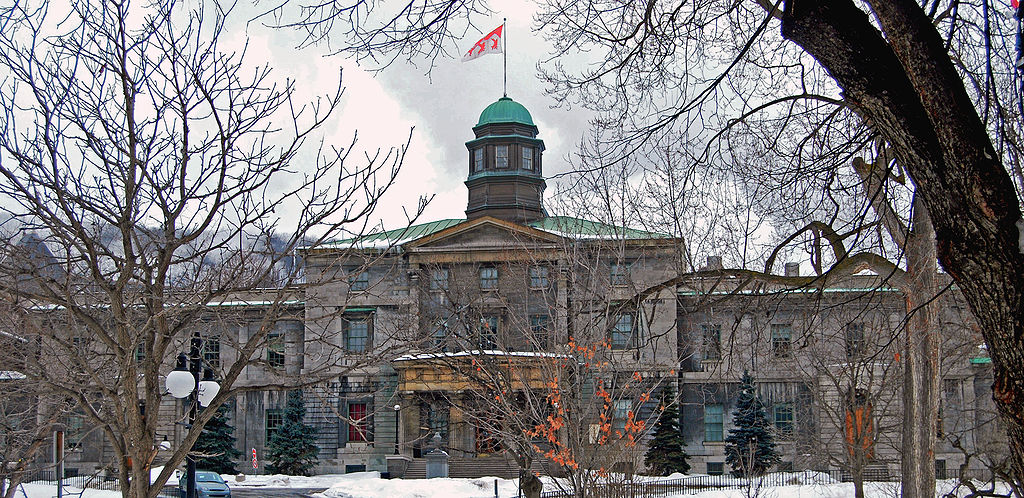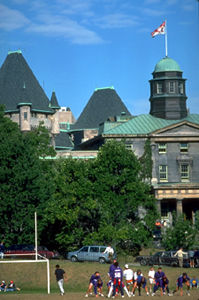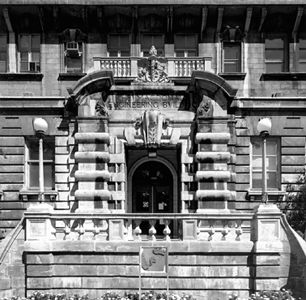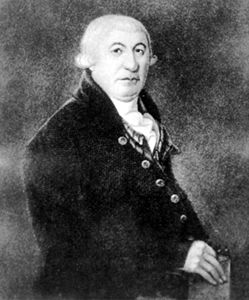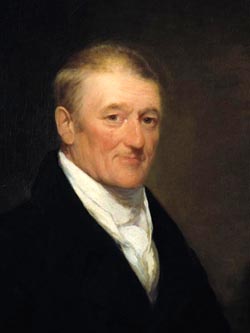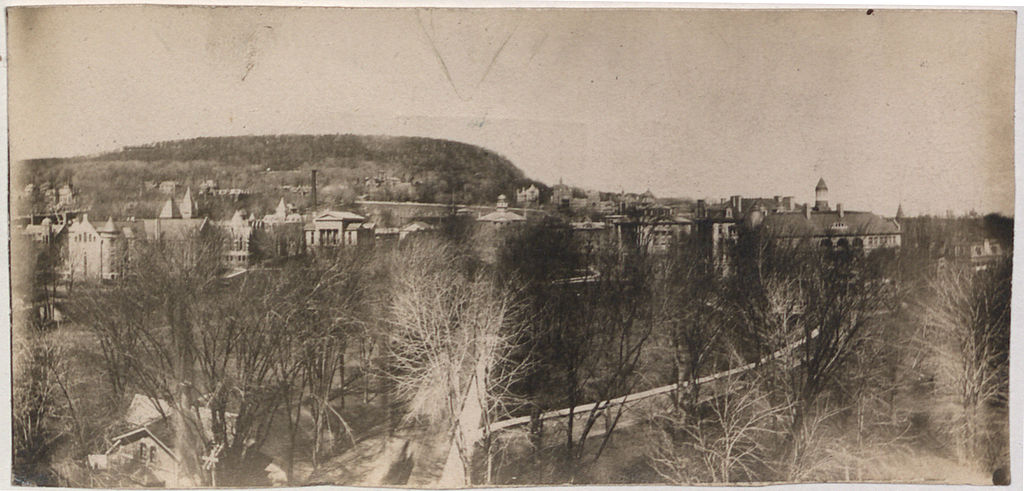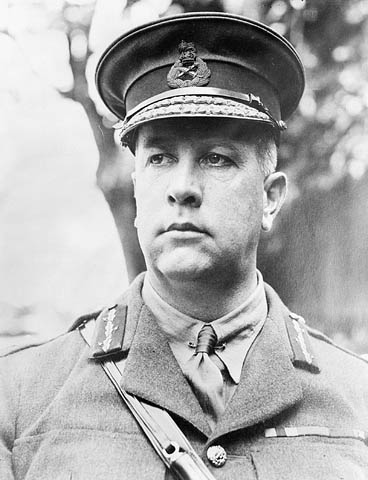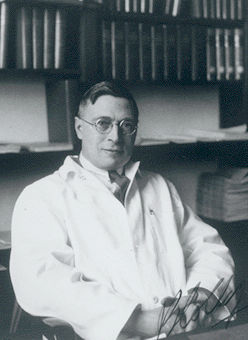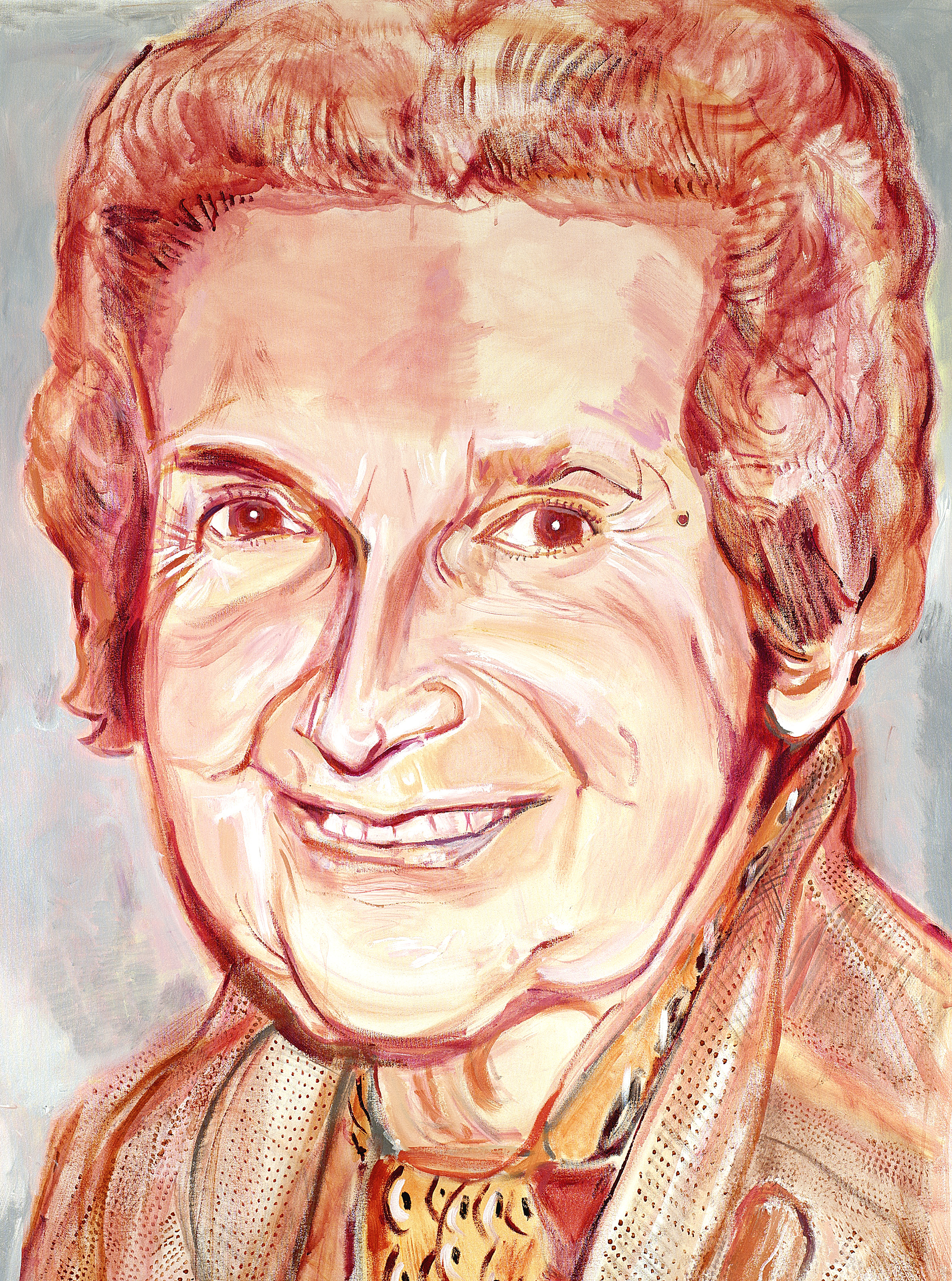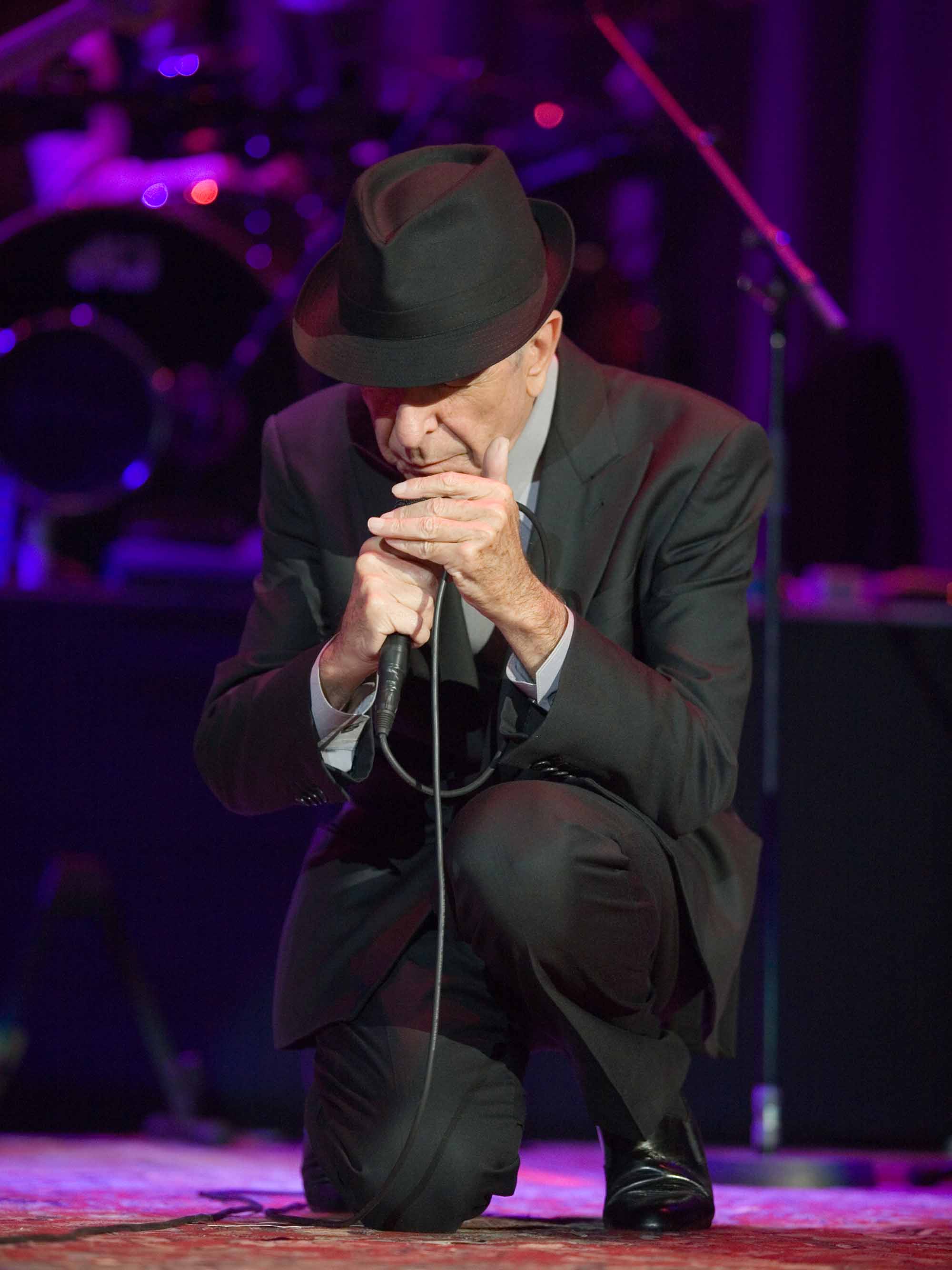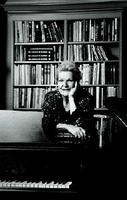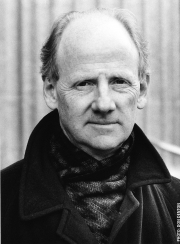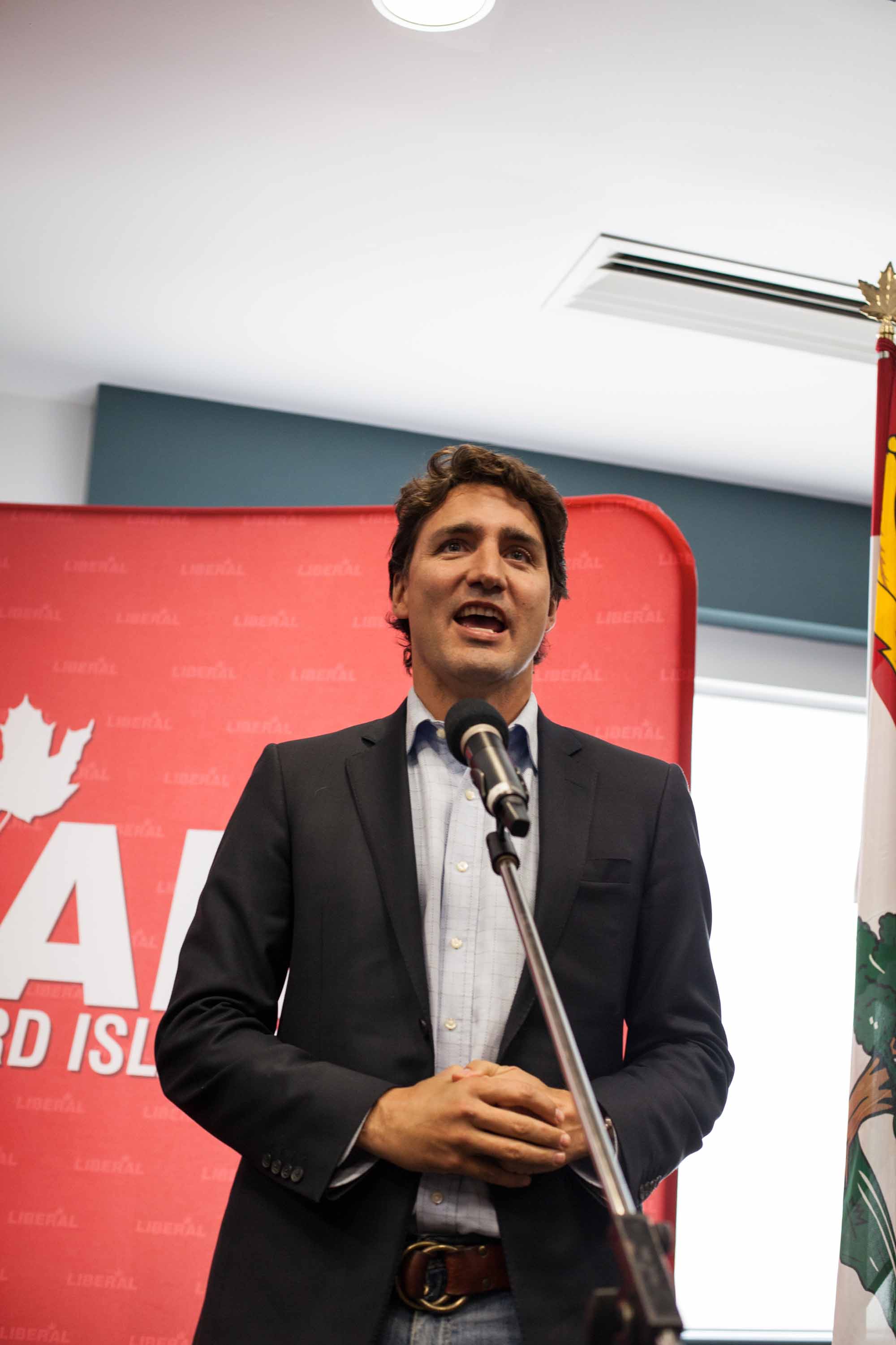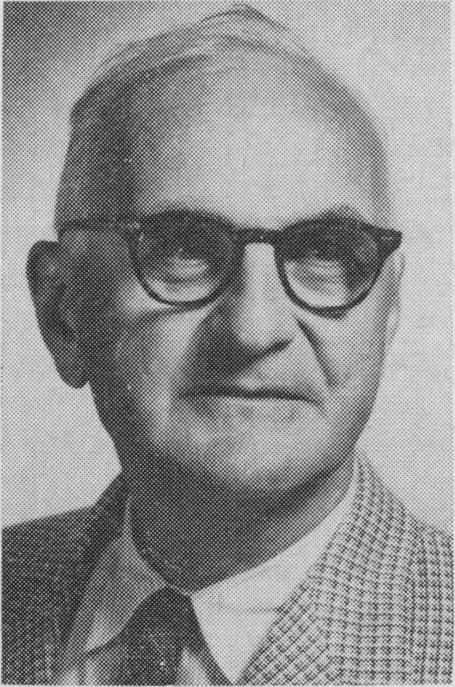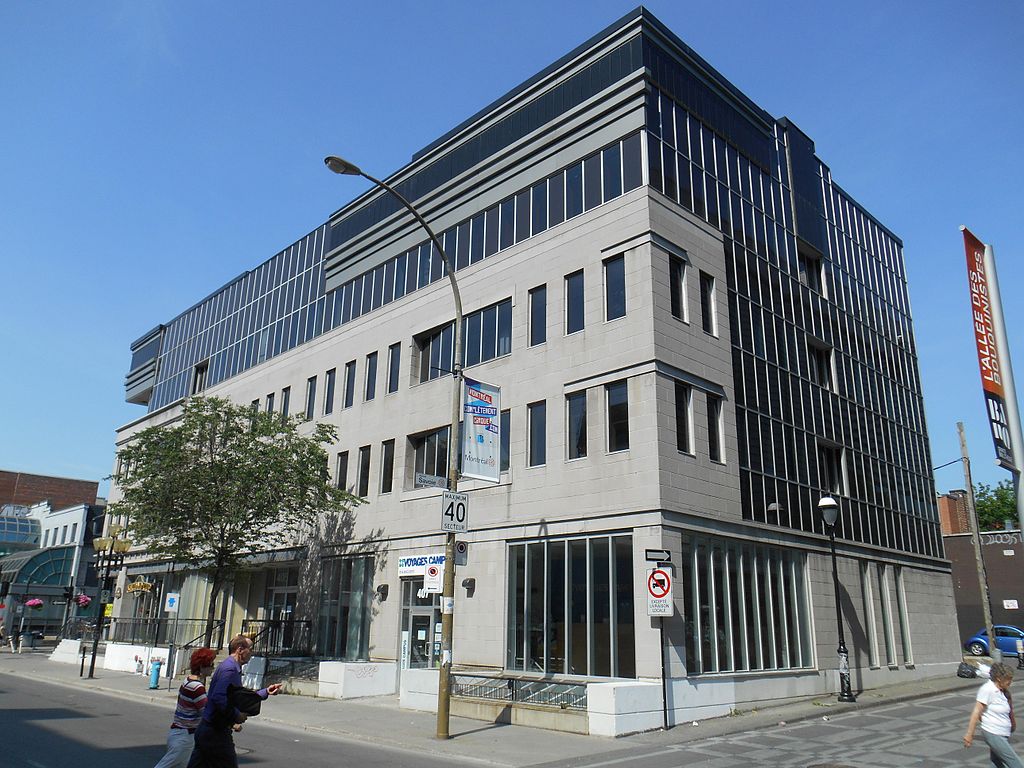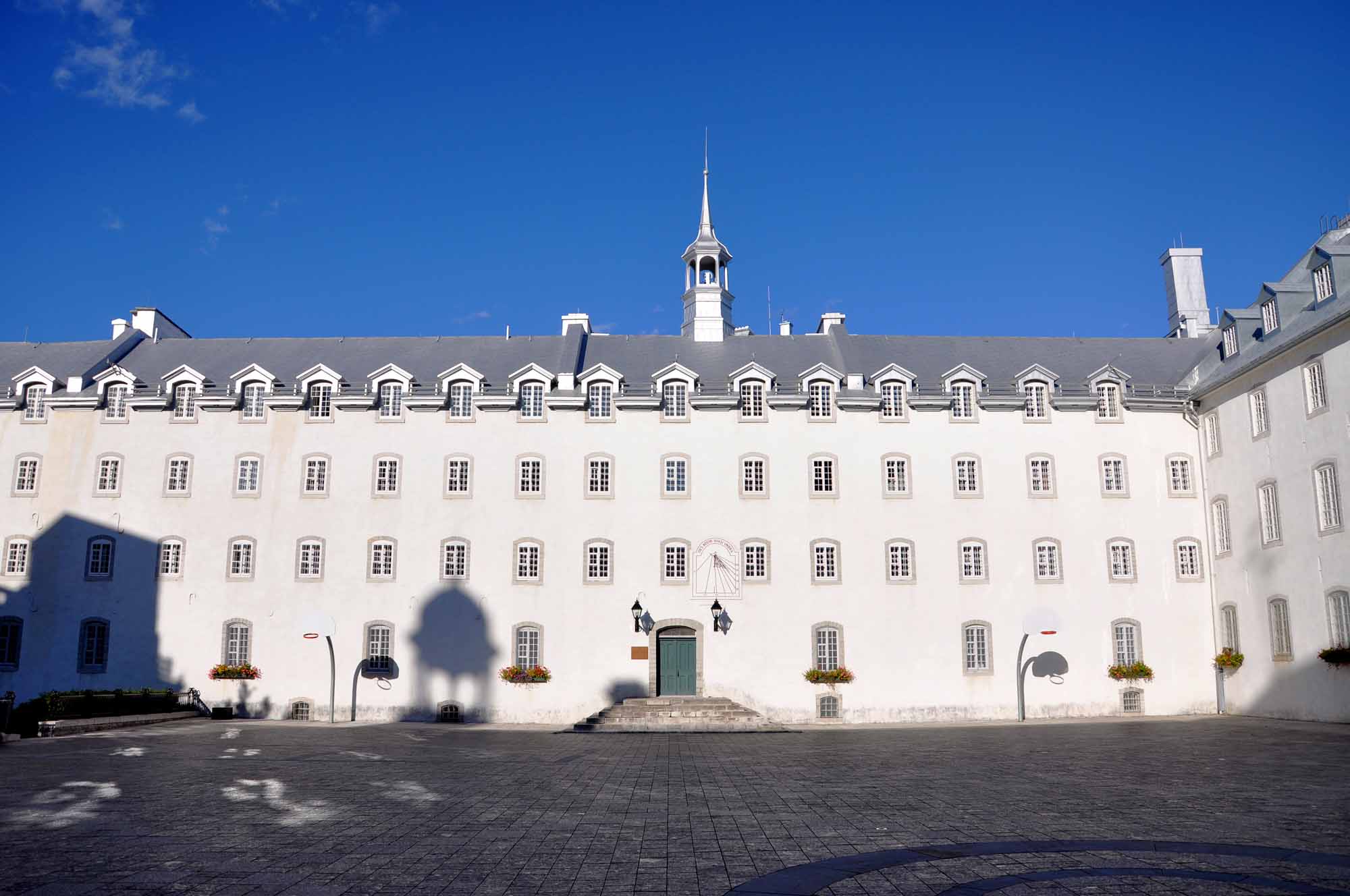History and Emerging Influence
To meet demands for public education, the Royal Institution for the Advancement of Learning was established in 1801. In 1813, merchant James McGill died, leaving his estate outside Montréal and an endowment of £10,000 for a college, naming the Royal Institution as trustee. It acquired a charter for "the University of McGill College" in 1821. McGill's heirs contested his will; the trustees, on gaining the estate, adopted in 1829 the Montreal Medical Institution, a teaching arm of the Montreal General Hospital, as the new university's Faculty of Medicine. The litigation surrounding the endowment was finally settled in the trustees' favour, and the nondenominational McGill College was built on the founder's farm. Its Faculty of Arts was established in 1843.
In 1852, the Royal Institution merged with McGill College. The governors appointed as principal John William Dawson, a young Nova Scotia geologist, and his driving genius began to build McGill into an internationally renowned institution. His interest in public education led to the establishment of McGill Normal School. He also formulated a scheme for affiliated schools and colleges across Canada that taught the McGill curriculum. Further, he established the tradition of enlisting the sympathies of wealthy benefactors, notably the Molson family, Lord Strathcona (see Donald Alexander Smith) and Sir William Macdonald. McGill received minimal public funding until the early 1960s.
In 1885, the governors formally adopted the use of the name "McGill University". Dawson's successor, William Peterson, supported McGill's inclination towards the medical, biological and physical sciences. In 1898, he brought Ernest Rutherford from Cambridge University to a full professorship of physics. Peterson encouraged Henry Marshall Tory to found McGill College in Vancouver (now the University of British Columbia). He persuaded Macdonald to found Macdonald College in Sainte-Anne-de-Bellevue as a constituent of McGill, to further agriculture, food science and teacher training.
During the principalship of Sir Arthur Currie, Canada's brilliant First World War corps commander, the McGill graduate school began to share with Toronto the development of postgraduate studies in Canada. Medicine remained pre-eminent, with such names in the interwar years as James Bertram Collip and Wilder Penfield; chemistry was tremendously encouraged by Otto Maass and physics by John Stuart Foster. The McGill Social Science Project, begun in 1930 by Leonard Marsh, strongly influenced Canada in the development of the welfare state.
Cyril James, principal from 1940 to 1962, led the fight for federal funding of universities. During his tenure, an immense flood of returning veterans swelled enrolment, which increased from about 3,400 in 1939 to more than 8,000 in 1948. After the war, the range of studies broadened, and now every aspect of human culture is actively studied on campus. Stephen Leacock, Hugh MacLennan and Frank Scott brought contributions to humanities and law. In the 1960s and 1970s, McGill survived the "student revolt" and came to terms with the reviving francophone nationalism.
Programs
McGill is a constituent of the provincial university network but has considerable freedom in maintaining its tradition of excellence in education and research. The university comprises the School for Continuing Studies, the Graduate and Postdoctoral Studies Office (GPSO) and 10 faculties: agricultural and environmental sciences, arts, dentistry, education, engineering, law, management, medicine, music and science. These faculties offer nearly 300 programs of study. The university additionally partners with four teaching hospitals that train more than 1,000 health professionals in total. McGill regularly tops Maclean’s magazine’s university rankings in the Medical Doctoral category.

Influence
Prominent alumni include: Leonard Cohen; William Shatner; Irving Layton; Hume Cronyn; John Ralson Saul; Charles Taylor; Maureen Forrester; Madeleine Parent; Hubert Reeves; Ken Dryden; James Naismith; Maude Abbott; Carrie Derick; former prime ministers Sir Wilfrid Laurier and Sir John Abbott; and prime minister Justin Trudeau. In 2016, McGill celebrated its 140th Rhodes Scholar and counted 12 Nobel Prize winners among its faculty and alumni.
Its motto is Grandescunt Aucta Labore ("By work, all things increase and grow") and its official colour is red. In the 2016–17 academic year, McGill had an enrolment of approximately 40,000 full- and part-time students.

 Share on Facebook
Share on Facebook Share on X
Share on X Share by Email
Share by Email Share on Google Classroom
Share on Google Classroom
